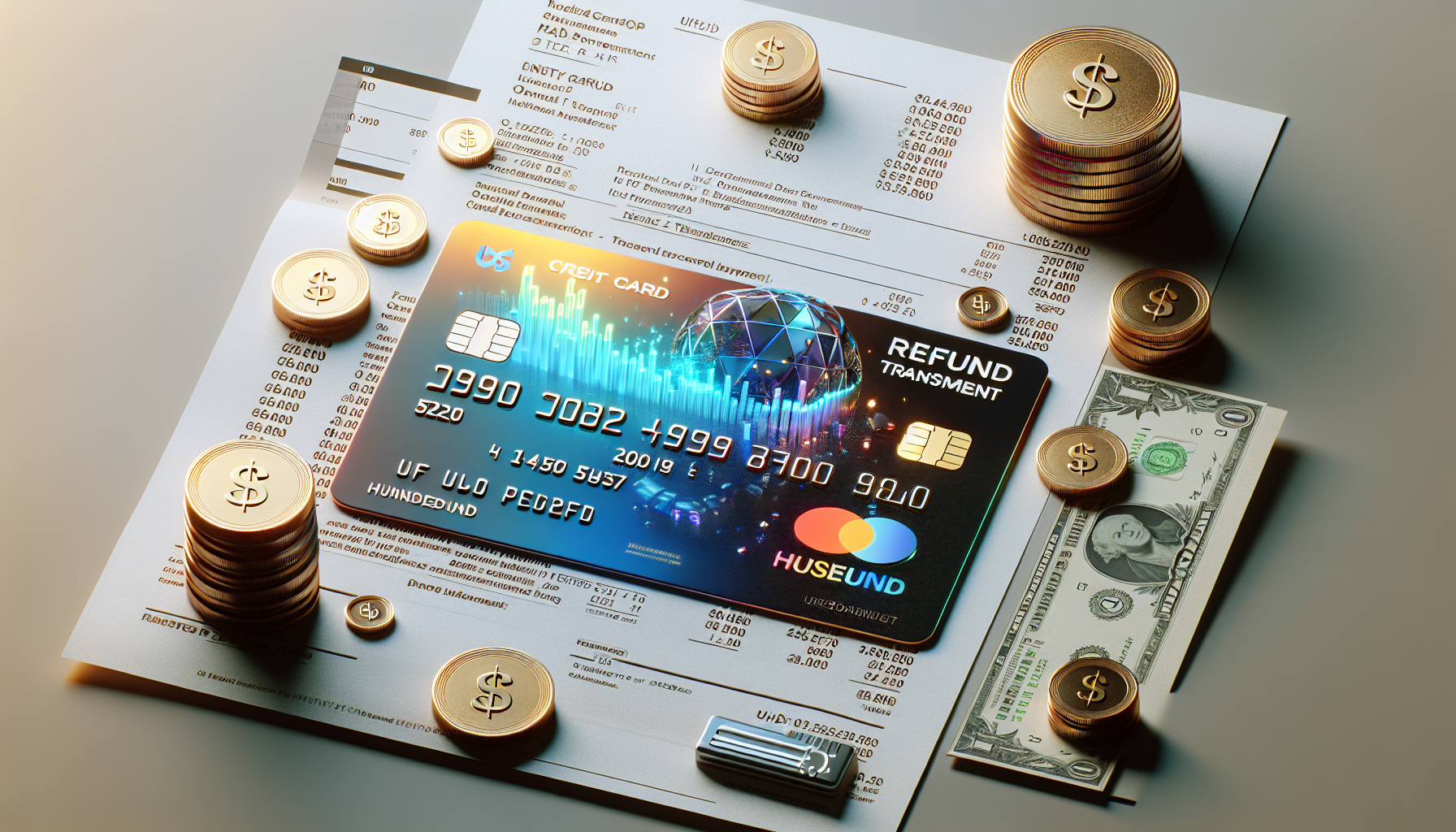A credit card limit is the maximum amount of money you can spend on your credit card before needing to pay off some or all of the balance. This limit is set by the credit card issuer and can vary depending on factors such as your credit score, income, and payment history. Understanding how credit card limits work and how they impact your financial health is crucial for managing your credit effectively.
Understanding Credit Card Limits
What is a Credit Card Limit?
A credit card limit, also known as a credit line, is the maximum amount of money you can borrow on your credit card. This limit is determined by the credit card issuer based on your creditworthiness, which includes factors such as your credit score, income, and debt-to-income ratio. Once you reach your credit limit, you won’t be able to make any more purchases until you pay off some of the balance.
It’s important to note that your credit limit is not the same as your available credit. Your available credit is the amount of your credit limit minus your current balance. For example, if your credit limit is $5,000 and you have a balance of $1,000, your available credit would be $4,000.
How Credit Limits Affect Your Credit Score
Your credit limit can have a significant impact on your credit score. One of the key factors in determining your credit score is your credit utilization ratio, which is the amount of credit you’re using compared to your credit limit. A high credit utilization ratio can indicate to lenders that you’re overextended and may be a higher risk borrower, which can negatively impact your credit score.
Generally, it’s recommended to keep your credit utilization ratio below 30%. This means that if you have a credit limit of $10,000, you should aim to keep your balance below $3,000. By maintaining a low credit utilization ratio, you can demonstrate to lenders that you’re using your credit responsibly and can handle additional credit if needed.
Ways to Increase Your Credit Card Limit
Requesting a Credit Limit Increase
One way to increase your credit limit is to request a credit limit increase from your card issuer. Many issuers allow you to make this request online or over the phone. When making a request, be prepared to provide information about your current income, employment status, and reasons for wanting a higher limit.
Keep in mind that requesting a credit limit increase may result in a hard inquiry on your credit report, which can temporarily lower your credit score by a few points. However, if you’re approved for the increase, the benefits of a higher credit limit may outweigh the short-term impact on your score.
Automatic Credit Limit Increases
Some credit card issuers may automatically increase your credit limit over time if you consistently make on-time payments and maintain a low credit utilization ratio. These automatic credit limit increases are typically based on the issuer’s assessment of your creditworthiness and don’t require any action on your part.
To increase your chances of receiving an automatic credit limit increase, focus on using your credit responsibly by paying your bills on time, keeping your balances low, and avoiding applying for too much new credit in a short period.
Applying for a New Credit Card
Another option for increasing your available credit is to apply for a new credit card with a higher credit limit. This can be particularly useful if you have a specific purchase in mind or want to take advantage of a promotional offer, such as a sign-up bonus or introductory 0% APR period.
When applying for a new credit card, be strategic about which card you choose. Look for cards that align with your spending habits and offer benefits that you’ll actually use. Also, consider the impact that a new credit application may have on your credit score, as each application will result in a hard inquiry.
Considerations Before Requesting a Higher Limit
Evaluating Your Financial Readiness
Before requesting a higher credit limit, it’s important to assess your financial stability and ability to manage the increased credit responsibly. Ask yourself why you want a higher limit and whether you can realistically afford to take on more debt.
Consider factors such as your current income, expenses, and debt-to-income ratio. If you’re already struggling to make ends meet or have a high level of existing debt, taking on more credit may not be the best choice. On the other hand, if you have a stable income and a history of managing credit responsibly, a higher limit may provide added flexibility and purchasing power.
Potential Impact on Your Credit Score
As mentioned earlier, requesting a credit limit increase may result in a hard inquiry on your credit report, which can temporarily lower your credit score. Additionally, if you’re approved for a higher limit and begin using a larger portion of your available credit, your credit utilization ratio may increase, which can also negatively impact your score.
To minimize the potential impact on your credit score, consider timing your credit limit request strategically. For example, avoid requesting an increase if you plan to apply for a mortgage or auto loan in the near future, as you’ll want your credit score to be as high as possible for these major financial transactions.
Benefits of a Higher Credit Limit
Lower Credit Utilization Ratio
One of the primary benefits of having a higher credit limit is the potential to lower your credit utilization ratio. By increasing your credit limit without increasing your spending, you can effectively lower the percentage of your available credit that you’re using, which can improve your credit score over time.
For example, if you currently have a credit limit of $5,000 and a balance of $2,500, your credit utilization ratio would be 50%. If your credit limit is increased to $10,000 and your balance remains the same, your credit utilization ratio would drop to 25%, which is generally considered a more favorable percentage.
Improved Credit Scores
In addition to lowering your credit utilization ratio, a higher credit limit can also contribute to an improved credit score in other ways. For example, having a higher credit limit can demonstrate to lenders that you’re a responsible borrower who can handle a larger amount of credit.
Furthermore, a higher credit limit can provide a buffer against unexpected expenses or emergencies. By having more available credit, you may be less likely to max out your credit cards or miss payments, both of which can have a negative impact on your credit score.
Tips for Managing Credit Card Limits
Keep Credit Utilization Low
To maintain a healthy credit score and avoid overextending yourself financially, it’s crucial to keep your credit utilization low, regardless of your credit limit. Aim to use no more than 30% of your available credit at any given time, and pay off your balances in full each month if possible.
One strategy for keeping your credit utilization low is to make multiple payments throughout the month, rather than waiting for your billing cycle to end. By paying off your balance before your statement closes, you can reduce the amount of debt reported to the credit bureaus and maintain a lower credit utilization ratio.
Pay Bills on Time and in Full
Another essential aspect of managing your credit card limits is to consistently pay your bills on time and, ideally, in full each month. Late payments can not only result in fees and interest charges but can also have a significant negative impact on your credit score.
To ensure timely payments, consider setting up automatic payments or reminders for your credit card bills. If you’re unable to pay your balance in full, make sure to at least pay the minimum amount due by the deadline to avoid late fees and damage to your credit.
Monitor Your Credit Regularly
Finally, make a habit of monitoring your credit regularly to stay informed about your credit situation and identify any potential issues early on. Review your credit reports periodically for errors or signs of fraudulent activity, and keep track of your credit score to see how your credit management habits are impacting your overall creditworthiness.
Many credit card issuers offer free credit monitoring tools, such as Capital One’s CreditWise, which can help you stay on top of your credit health. By being proactive about monitoring your credit, you can make informed decisions about managing your credit card limits and maintaining a strong financial profile.
See also:




